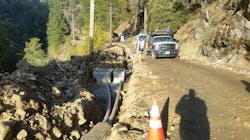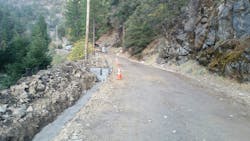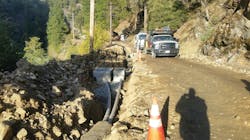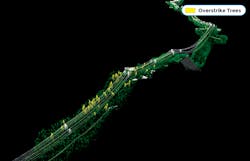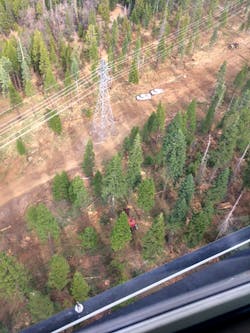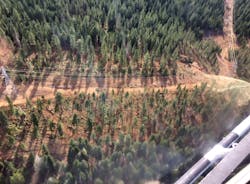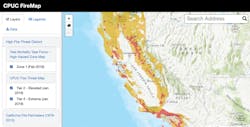Wildfire mitigation has become an elevated focus for California’s utilities, following destructive fires caused by power lines in the last three years, which eventually pushed the largest U.S. utility into bankruptcy. While California is under the microscope, many states/provinces and utilities across North America with fire risk have taken note. These companies are also looking to integrate enhanced targeted inspection frequencies, electric equipment and remote sensing/analytic technologies to reduce risk and greatly improve safety.
Utilities across North America are working on and implementing cutting-edge engineering solutions to reduce the risk of wildfire ignitions. For example, they are considering placement of reclosers, fuse types and use and installation of coated conductor. In addition, they are exploring all reasonable means of reducing ignition risks.
Operationally, utility managers determine asset/equipment inspection frequency based on failure history and risk. Utilities have decided that in the highest fire risk areas on “red flag” days, reclosers will be set to lock-out/open in the event of a fault. Before re-energizing a line in high fire risk areas after a sustained outage, the entire line segment must be visually inspected to ensure it clear of the public, contractor employee safety threats and potential ignitions or unintended fault paths.
Abiding By New Regulations
In the state of California, Senate Bill 901 requires utilities to develop Wildfire Mitigation Plans (WMPs), which are aimed at gaining data and standardization. In addition, the WMPs allow for increased accountability in reducing wildfire risks in 2020 and beyond across the entire state.
The newly established states Wildfire Safety Advisory Board and the existing California Public Utilities Commission (CPUC) Safety and Enforcement Division will determine whether the actions proposed by each utility are appropriate to address the level of risk identified. The two units will assess and monitor whether the plans put utilities on a path to achieving the CPUC’s long-term wildfire risk reduction goals. They include a combination of strategies, including system inspections, vegetation management, upgrading and strengthening infrastructure in high fire-risk areas, and executing public safety power shut-offs (PSPS).
Taking Action in Sacramento
In Sacramento, California, the assets for Sacramento Municipal Utility District (SMUD) include both transmission infrastructure and distribution infrastructure located in the high fire threat district areas.
In 2020, SMUD is continuing to build on its previous wildfire mitigation efforts with a more substantial commitment by systematically and strategically managing vegetation risk around high-voltage transmission and distribution facilities and harden the system. This includes continued use of remote sensing technology and analytics, replacing bare overhead conductors with covered conductors, installing stronger poles and undergrounding where reasonable and conditions permit.
At its core, SMUD’s plan is about protecting people, property and natural resources. Also, SMUD strives to harden its infrastructure against extreme weather conditions and improve data analytics and situational capabilities to more quickly and effectively make critical operational decisions. With each of its decisions, the company is focused on how to keep its communities safe while reducing the customer impacts.
Finally, SMUD has developed relationships with landowners of state, federal and private lands, which includes collaborations with the third largest landowner in the United States, Sierra Pacific Industries (SPI). This relationship has provided the opportunity to work in partnership with SPI along SMUD’s transmission and distribution corridors where they traverse across the SPI lands.
SMUD and SPI used the Remote Sensing LiDAR analytics along with the active Timber Harvest Plan goals to establish a Shaded Fuel Break, by a combination of harvesting merchantable timber, and masticating sub merchantable and ladder fuels (brush). Leveraging its common goals has established forward thinking enhanced utility vegetation management and exceptional fuels reduction, thus mitigating ignitions and general wildfire risk across thousands of acres of landscape.
About the Author
Eric Brown
Eric Brown is manager of the vegetation management department at Sacramento Municipal Utility District (SMUD). He is a Certified Arborist, TRAQ certified and a past president of the Utility Arborist Association. Brown has his bachelor’s degree in forestry and range management from the University of Nevada, Reno. He is a director of the El Dorado Fire Safe Council and deeply connected to the people and resources of central California. Brown has over 25 years of experience in the utility vegetation management profession, mostly in northern California where he has witnessed firsthand how fire risk has changed.
